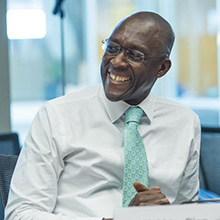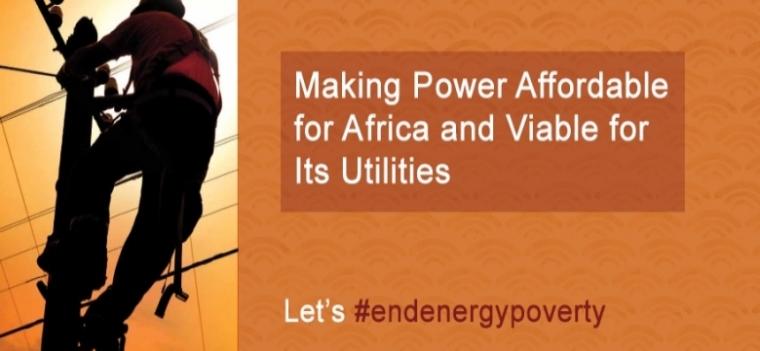News
- It is possible for Sub-Saharan Africa’s poor to get access to affordable electricity and for the utilities that supply power to be profitable at the same time.
- For Africa’s power sector to work for utilities, steps have to be taken to minimize losses related to transmission and distribution of electricity, ensure customers pay their electricity bills, and raise tariffs appropriately.
- Accurate metering of individual households and sharply targeted cross-subsidies are essential to expand household access to electricity.
Full Story | Press Release | Blog | Infographic | Learn about the ESMAP Energy Subsidy Reform and Technical Assistance Facility
Is it possible to make electricity more affordable for millions of people in Sub-Saharan Africa who need it most, and have the region’s cash-strapped power providers be profitable at the same time?
Yes, according to a new World Bank study, entitled “Making Power Affordable for Africa and Viable for its Utilities,” which analyzed data from 39 countries in Sub-Saharan Africa to understand what it would take to make power utilities financially viable and what factors influence the affordability of electricity for those who need it most in the region.
Today, one in three Africans does not have access to electricity, often resorting to using kerosene or spending hours in darkness. On the other hand, power providers in the region are cash-strapped, suffer from aging infrastructure and are unable to serve their customers in a reliable manner.
If nothing is done to change this, there will be more Africans without power by 2030 than there are now.
But that does not have to be the case.
The study found that a series of steps can help power utilities recover the cost of supplying electricity and make it affordable for the poor at the same time. For that to happen, utilities must minimize technical and commercial power system losses due to activities such as meter tampering.
They must also ensure maximum collection of electricity bills, the study found. Increasing tariffs, which are the rates consumers pay for electricity, are also necessary but should target large- and medium-size consumers first and in line with service quality improvement, according to the study.
" We won’t be able to accelerate progress towards universal access without improving the performance of utilities in Sub-Saharan Africa. Making electricity connections and consumption more affordable while minimizing utilities’ financial losses is therefore a priority. "

Makhtar Diop
World Bank’s Vice President for Africa.
Another important recommendation is that households must be encouraged to have individual meters to measure electricity usage. This will help utilities identify poor households and accurately target subsidies to them.
Installing prepaid meters can also benefit utilities and customers—it gives low-income households the option of paying in small increments instead of a lump sum at the end of the month, and guarantees revenues for utilities.
Sharing the initial cost of connection across all electricity users, including large- and medium-size firms, could also help take away the burden of upfront connection costs for poor households.
Access to reliable, safe, and affordable electricity can improve lives in Sub-Saharan Africa—people can work longer and be more productive, children can study at night, women and young girls can walk home at night under the safety of working streetlights, and hospitals can provide reliable healthcare to those who need it.
While connecting to the grid is a solution for many Africans, the study acknowledges that mini- and off-grid electricity, especially from sources like solar, is essential to electrify homes in many rural areas in Sub-Saharan Africa.
This study was supported by the Africa Renewable Energy and Access Program (AFREA), with funding from the World Bank’s Energy Sector Management Assistance Program (ESMAP).
